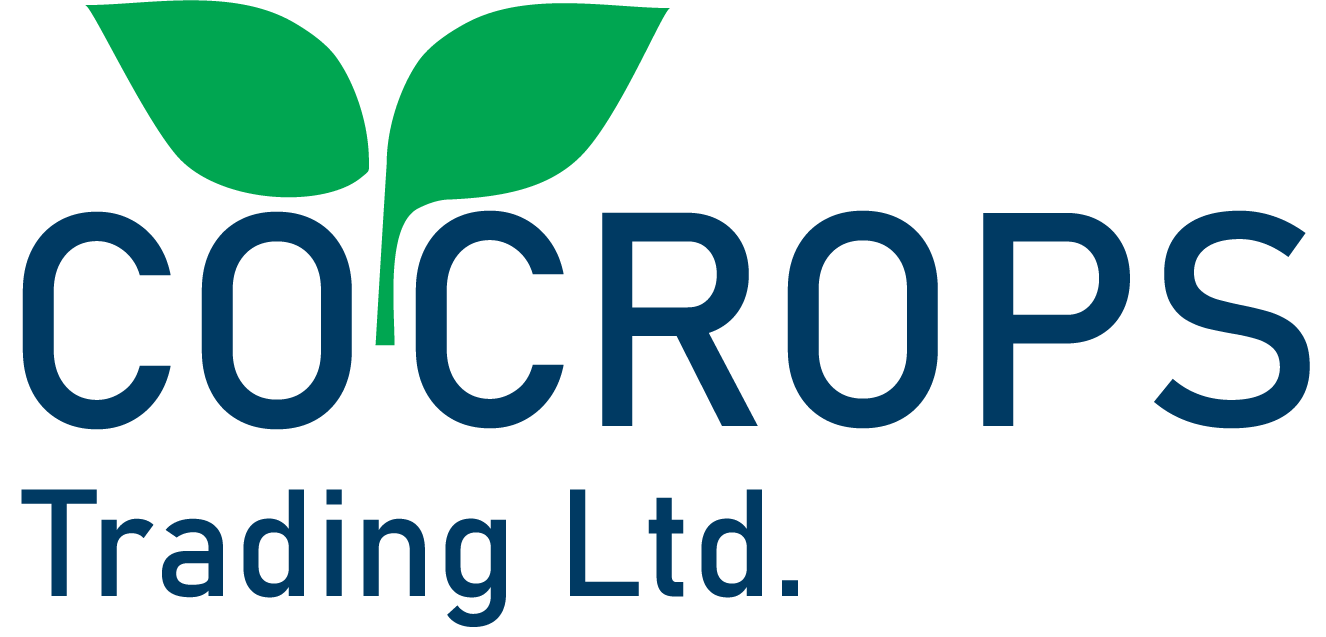- Oil Industry
- Confectionary and Biscuit industry
- Tahini – a traditional Middle Eastern
- Sesame paste.
- Dip and spread manufacturers – add ingredients such as chickpeas and eggplant to Tahini and call the product Homus and Baba Gnnouj
- Bakery industry
- Halva industry – Halva is a popular sweet made by mixing approximately 50% Tahini with boiled wiped sugar and other ingredients.
Amount per 100 g
| Nutrient | Amount | % Daily Value |
|---|---|---|
| Energy | 573 | |
| Total Fat | 50 g | 76% |
| Saturated fat | 7 g | 35% |
| Cholesterol | 0 mg | 0% |
| Sodium | 11 mg | 0% |
| Potassium | 468 mg | 13% |
| Total Carbohydrate | 23 g | 7% |
| Dietary fiber | 12 g | 48% |
| Sugar | 0.3 g | |
| Protein | 18 g | |
| Vitamin C | 0% | |
| Iron | 81% | |
| Vitamin B6 | 40% | |
| Magnesium | 87% | |
| Calcium | 97% | |
| Vitamin D | 0% | |
| Cobalamin | 0% |



